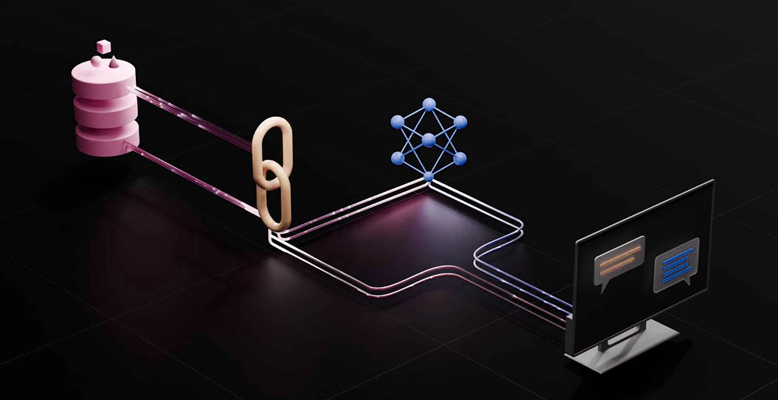
Retrieval-Augmented Generation (RAG) is a powerful technique that combines the strengths of traditional language models with information retrieval systems. By retrieving relevant information from vast datasets and incorporating it into the generation process, RAG models can produce more informative, accurate, and contextually relevant text. In this blog post, we’ll explore the practical applications of RAG in various AI domains.
RAG has the potential to transform customer service by delivering more precise and useful responses to customer inquiries. By accessing a vast knowledge base of relevant information, RAG models can quickly understand customer queries and provide tailored solutions. For example, a customer support chatbot powered by RAG could:
RAG can be used to automate content creation tasks, such as writing product descriptions, blog posts, and news articles. By retrieving relevant information from a corpus of text, RAG models can generate high-quality content that is informative and engaging. Additionally, RAG can be used to summarize lengthy documents, making it easier for users to quickly grasp the key points.
RAG is particularly well-suited for question answering tasks, as it can retrieve relevant information from a large corpus of text and generate informative responses. For example, a RAG-powered question answering system could:
RAG can be used to automate data analysis and reporting tasks, by retrieving relevant information from data sources and generating informative reports. For example, a RAG-powered reporting system could:
RAG can be used to provide personalized recommendations to users based on their preferences and behavior. By retrieving relevant information from user data and product catalogs, RAG models can identify products or services that are likely to be of interest to the user.
RAG can improve the quality of machine translation by incorporating domain-specific knowledge into the translation process. By retrieving relevant information from bilingual corpora, RAG models can generate more accurate and natural-sounding translations.
RAG can be used in healthcare to improve patient care and research. For example, a RAG-powered system could:
RAG can be used in legal research to help lawyers find relevant case law and legal precedents. By retrieving information from legal databases, RAG models can identify cases that are similar to the current case and provide valuable insights into potential outcomes.
RAG can be utilized in financial analysis to uncover investment opportunities and evaluate risk. By retrieving information from financial data and news sources, RAG models can identify trends and patterns that may be relevant to investors.
RAG can be used in education to create personalized learning experiences for students. By accessing pertinent information from educational resources, RAG models can offer students customized explanations and examples.
RAG can enhance the e-commerce experience by providing personalized product recommendations, answering customer queries, and generating product descriptions. For example, an e-commerce platform could use RAG to:
Recommend products: Based on the customer’s browsing history and purchase behavior.
Answer customer questions: About products, shipping, returns, and other topics.
Generate product descriptions: That is informative and engaging.
RAG can be used to create more immersive and engaging gaming experiences. For example, a gaming platform could use RAG to:
RAG can be used to improve social media platforms by providing personalized content recommendations, moderating content, and generating engaging social media posts. For example, a social media platform could use RAG to:
RAG can be used in marketing to create personalized marketing campaigns, generate content, and analyze customer data. For example, a marketing team could use RAG to:
RAG can be used in research and development to accelerate the discovery of new knowledge. For example, a research team could use RAG to:
RAG can be used to create personalized language learning experiences. For example, a language learning app could use RAG to:
Retrieval-Augmented Generation (RAG) is a powerful technique with a wide range of practical applications. By combining the strengths of language models and information retrieval systems, RAG can help organizations improve efficiency, reduce costs, and provide better products and services to their customers. As RAG technology continues to evolve, we can expect to see even more innovative and exciting applications in the future.